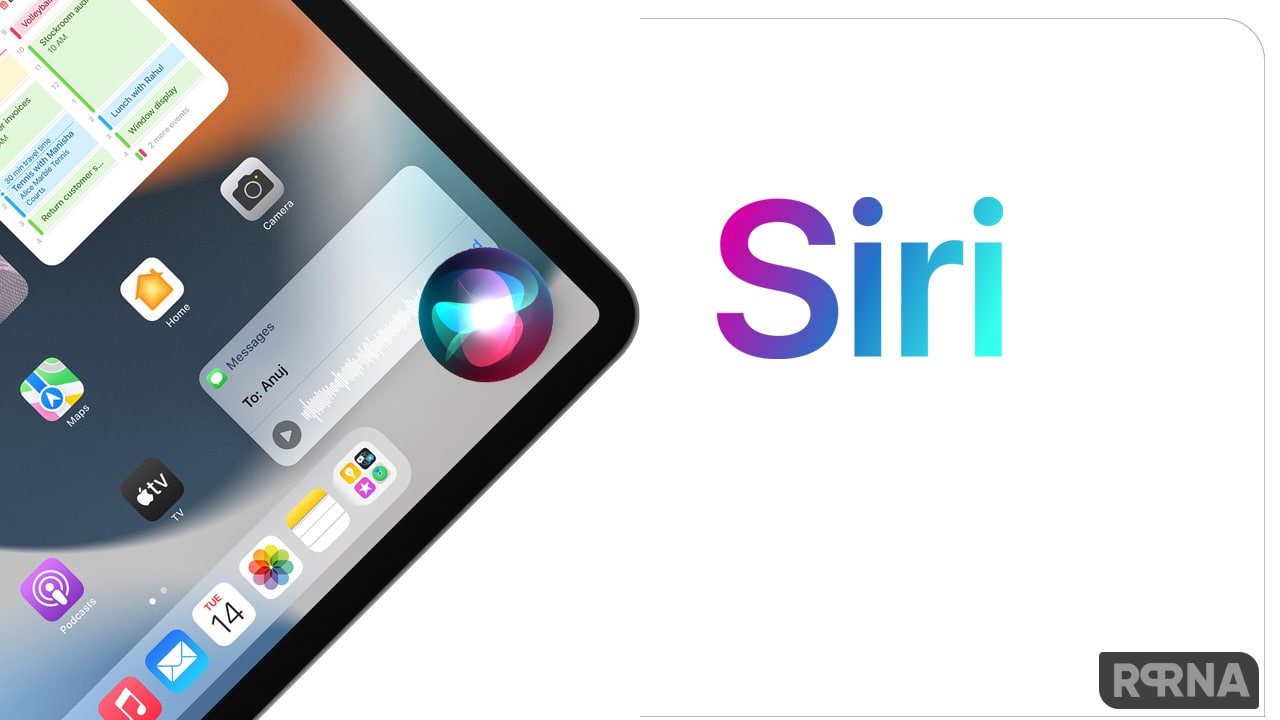Apple iOS 17 not only brings exciting features to enhance the user interface but also prevents users from unnecessary cross-website tracking. According to the details, the newest software upgrade automatically removes tracking parameters from URLs in the Safari application.
To those who are unaware, the Safari app is a web browser for iPhone, iPad, and Mac consumers, developed by Apple. It aims to provide the best experience in terms of surfing the Internet on your Apple devices and fetches the most powerful privacy protection and customization options.
However, Apple iOS 17 takes the browsing experience to the next level by protecting you from cross-website tracking. Yes, the inputs reflect that the ultimate upgrade offers a new tweak named, Advanced Tracking and Fingerprinting Protection. As the term suggests, this feature removes tracking parameters automatically from URLs in Private Browsing Mode in the Safari app.
Eventually, the manufacturer says that when the app detects a tracking parameter while using, copying, or exploring a link, it cuts off the identifying pieces of the URL and leaves the other parts unchanged. Perhaps, the link will still work the same as expected. But it will no longer contain any identifiers.
Notably, the feature is present in iPadOS and macOS and even works for links shared in the Messages or Mail applications. On the flip side, you can use the helpful tool for regular usage of the Safari app as well.
Adding more details, the American tech giant delivered a short note on how the significant feature works. Consequently, the initial URL contains a unique ‘click-id’ that advertisers can use to track a user’s activity across multiple sites. Although with iOS 17, the app removes the parameter to shield your privacy.
Follow our socials → Google News, Telegram
How to Access?
You can access the dynamic feature by visiting the Settings app and selecting the Safari section. Now tap on the Advanced option followed by Advanced Tracking and Fingerprinting Protection, and select All Browsing.

(Source)




